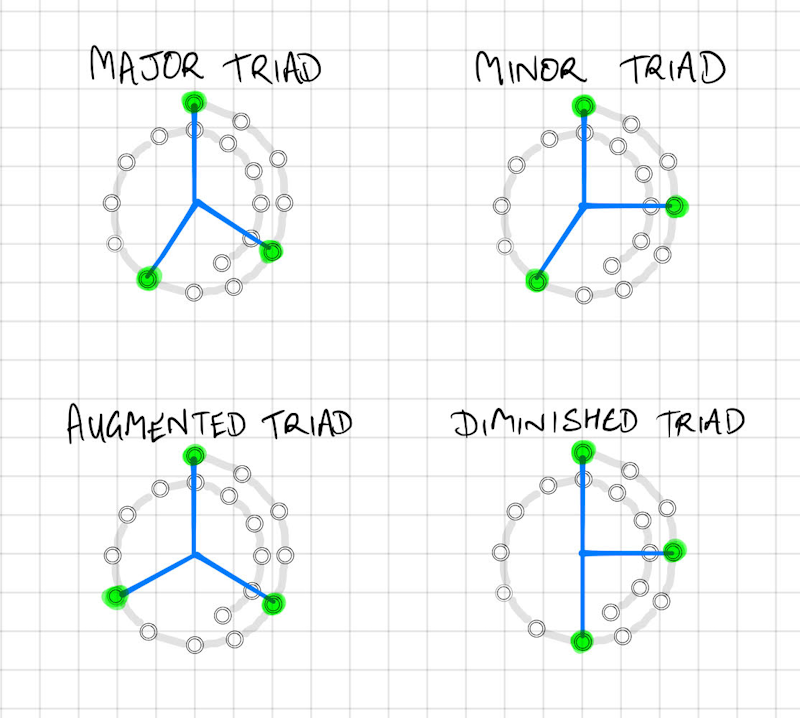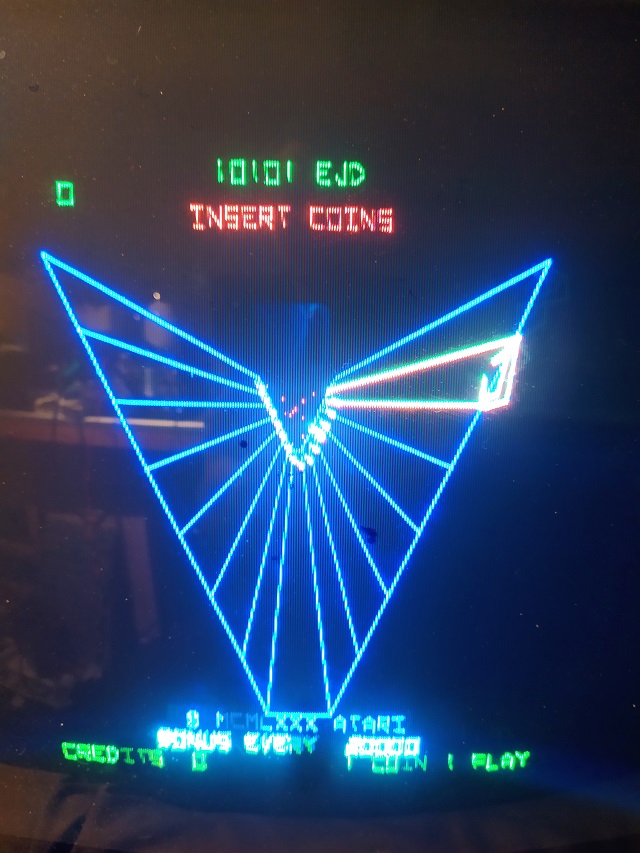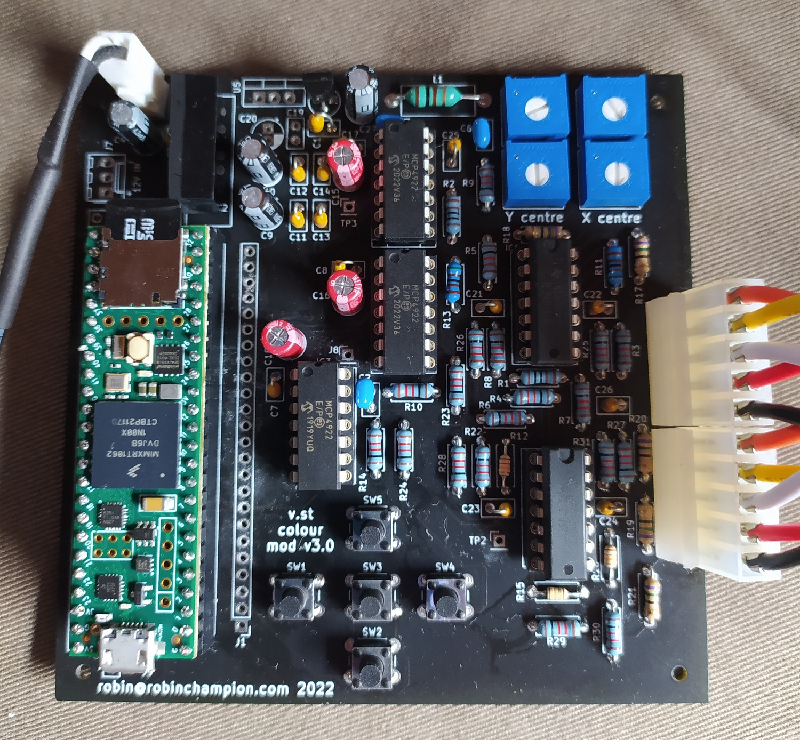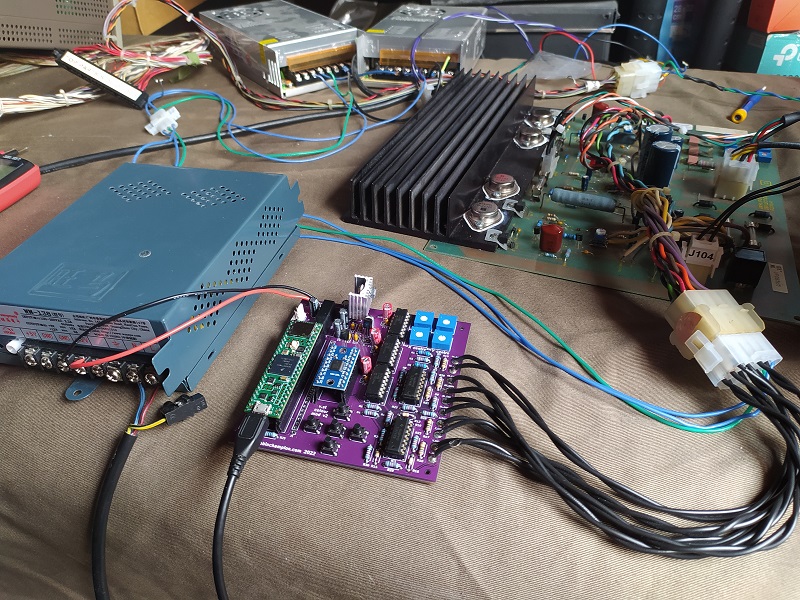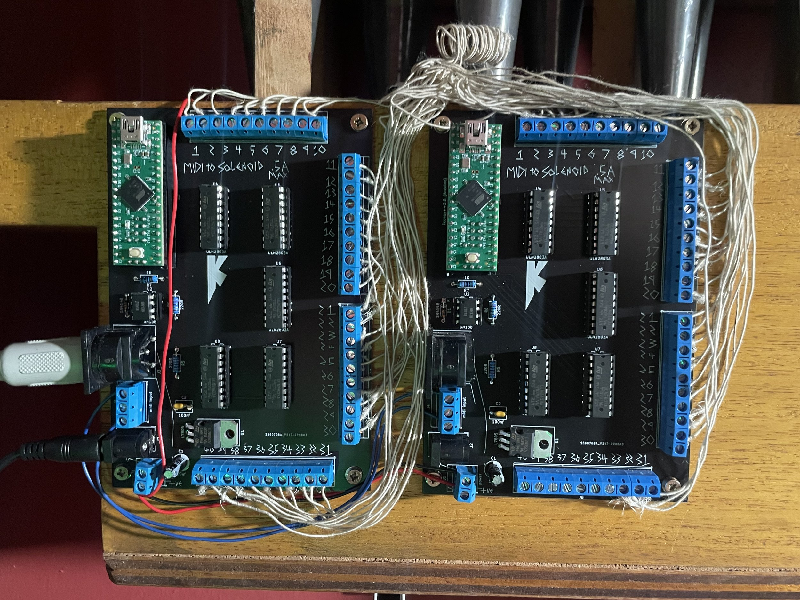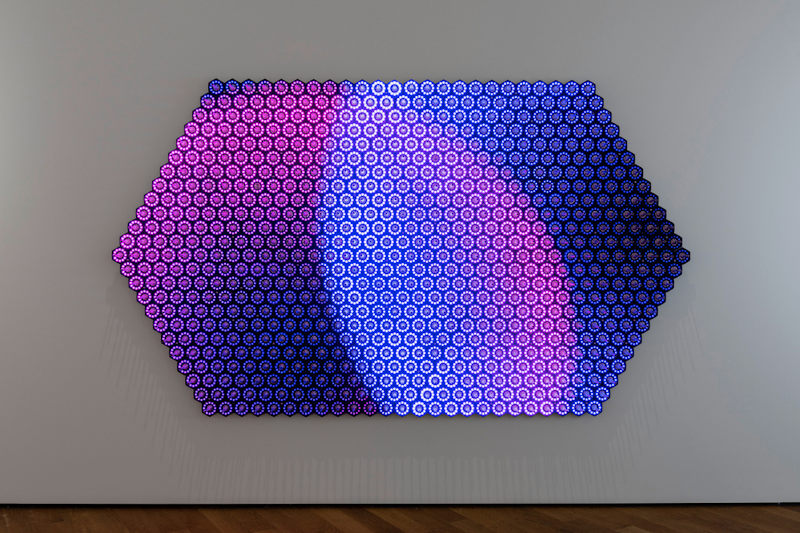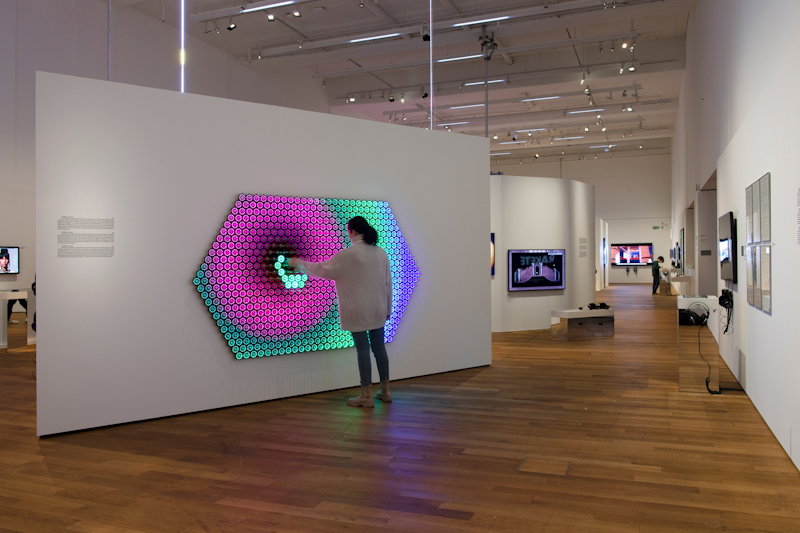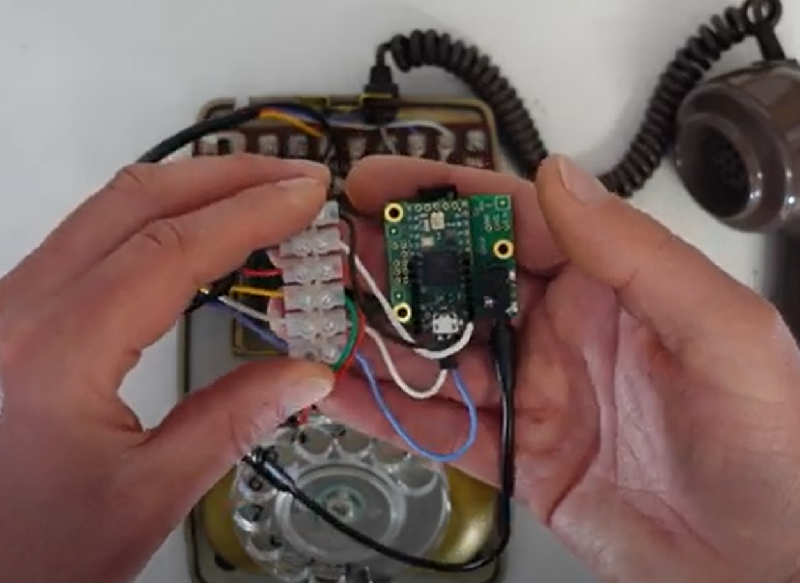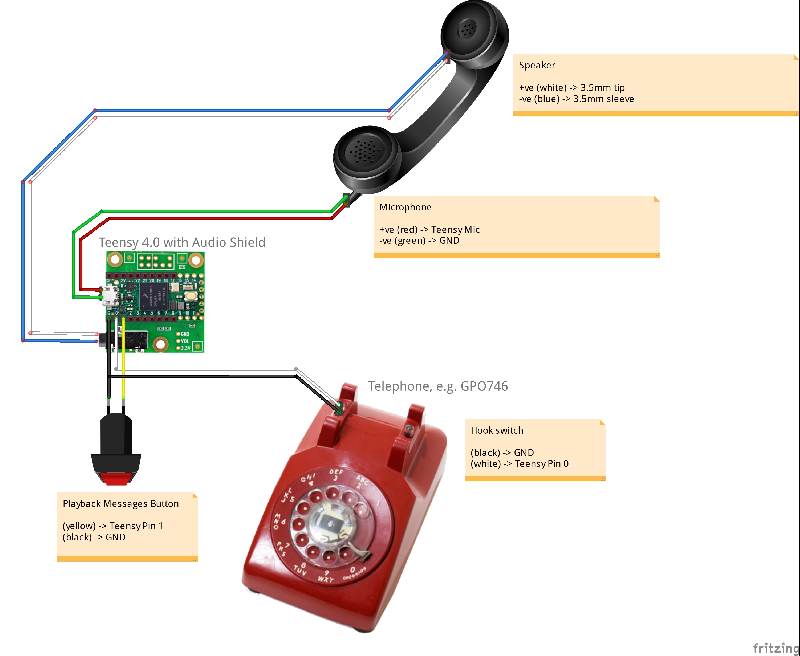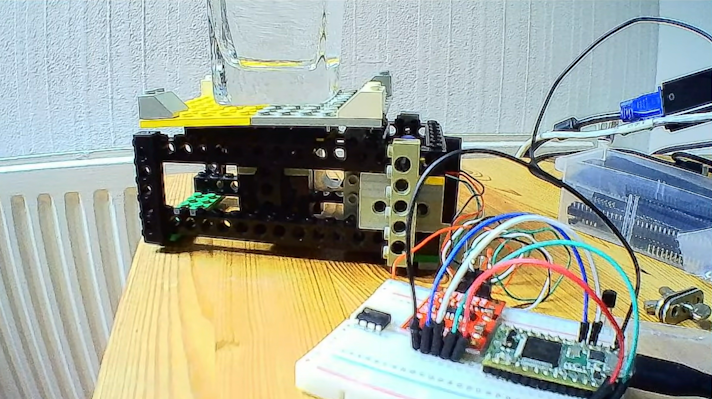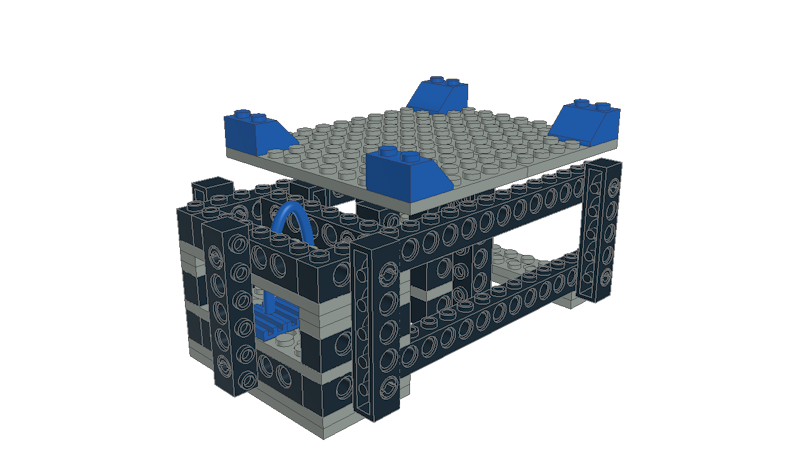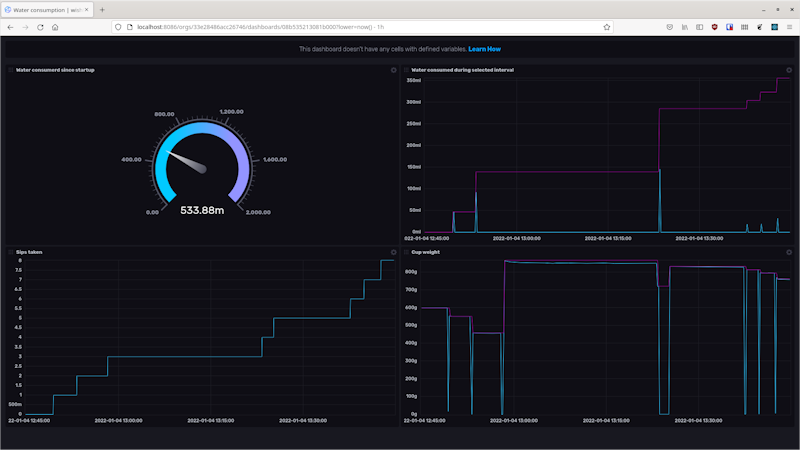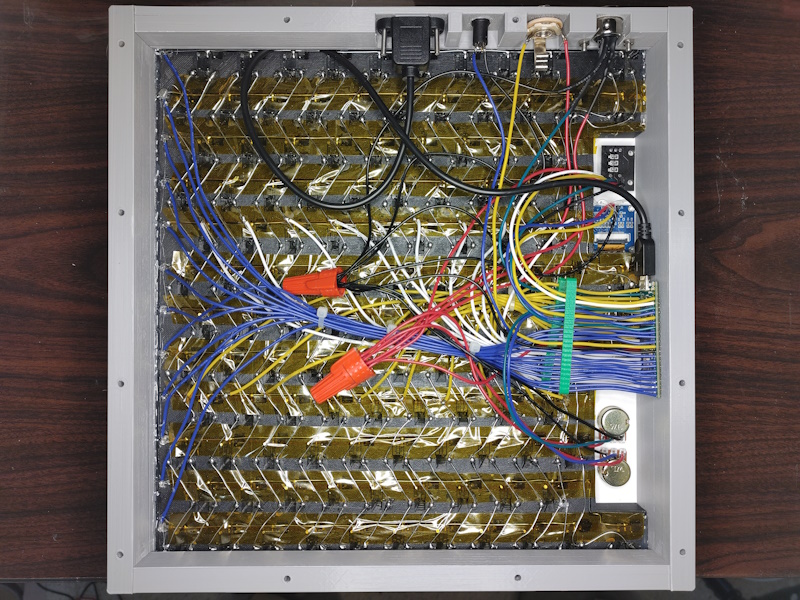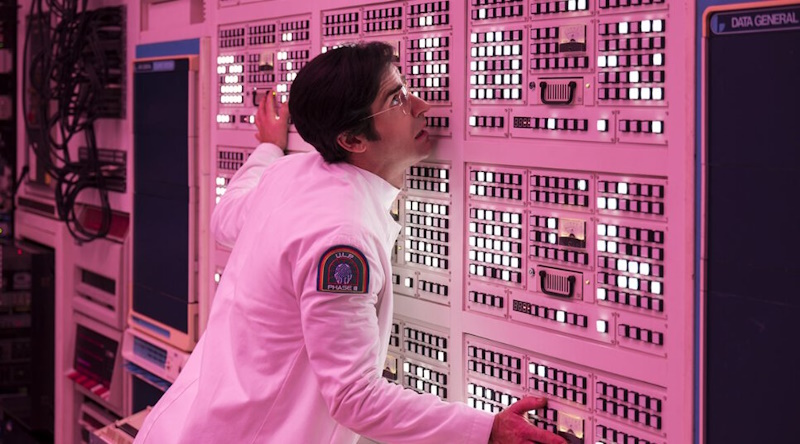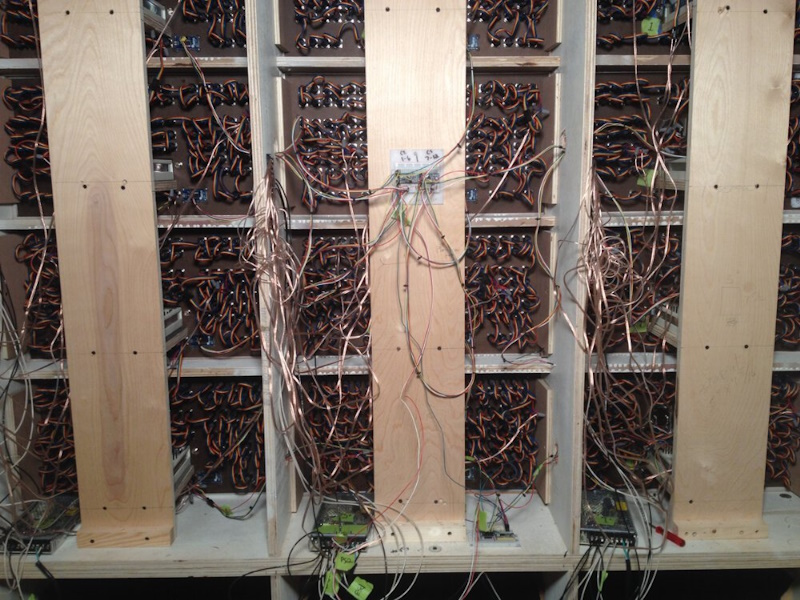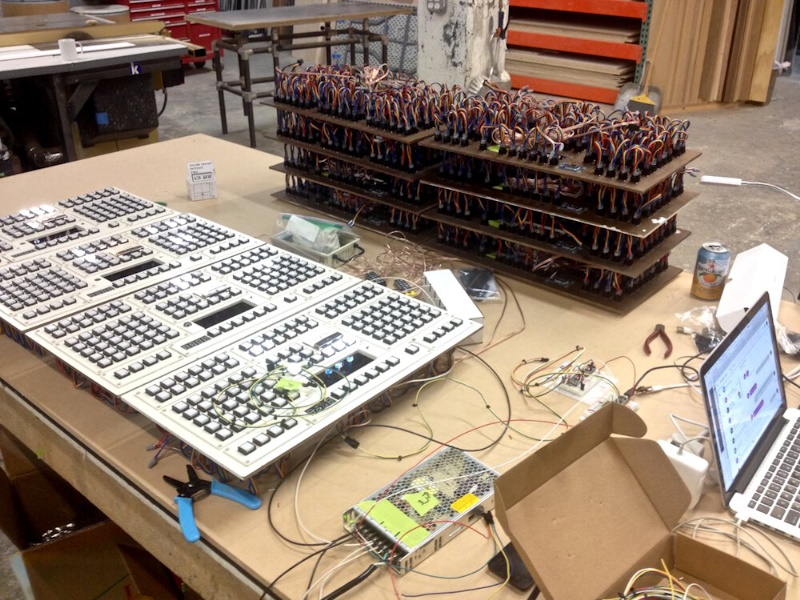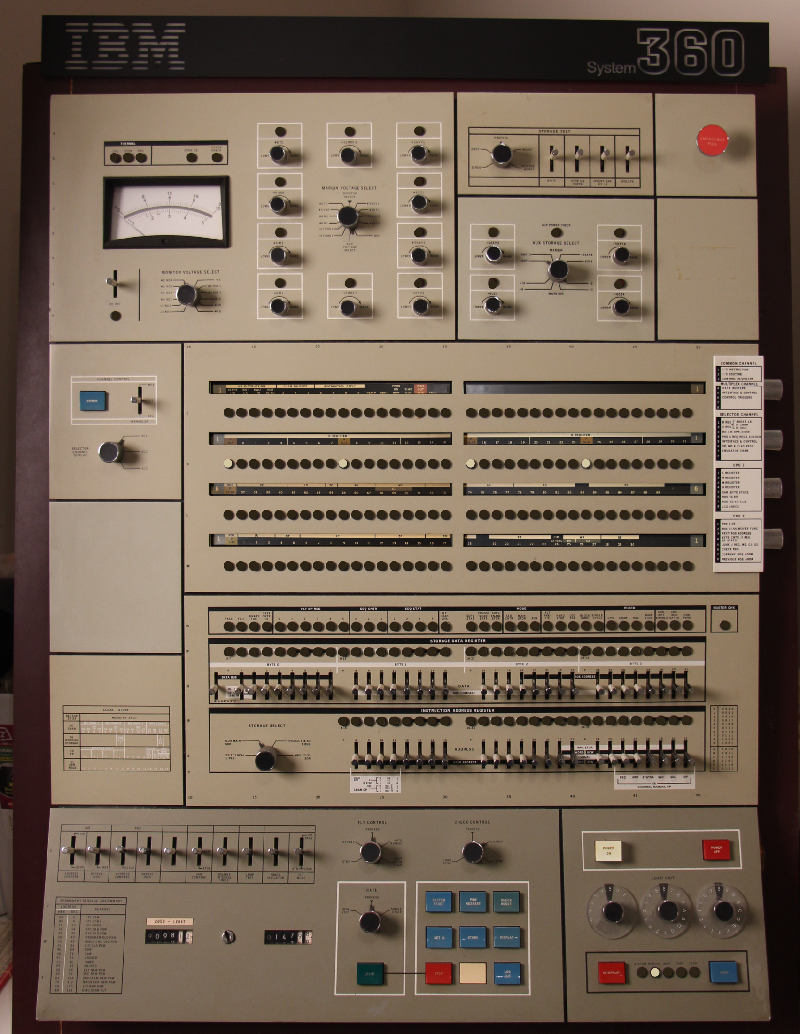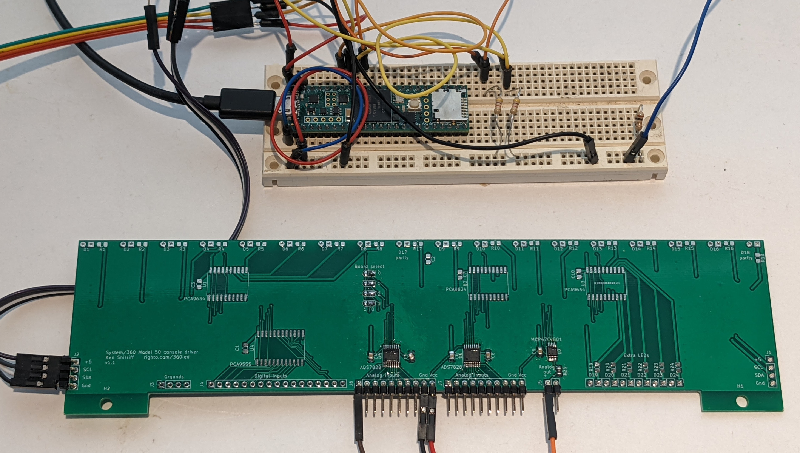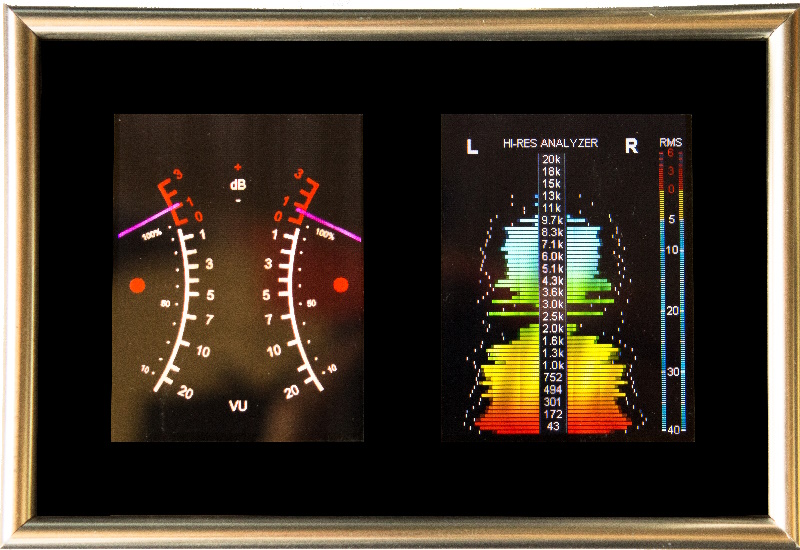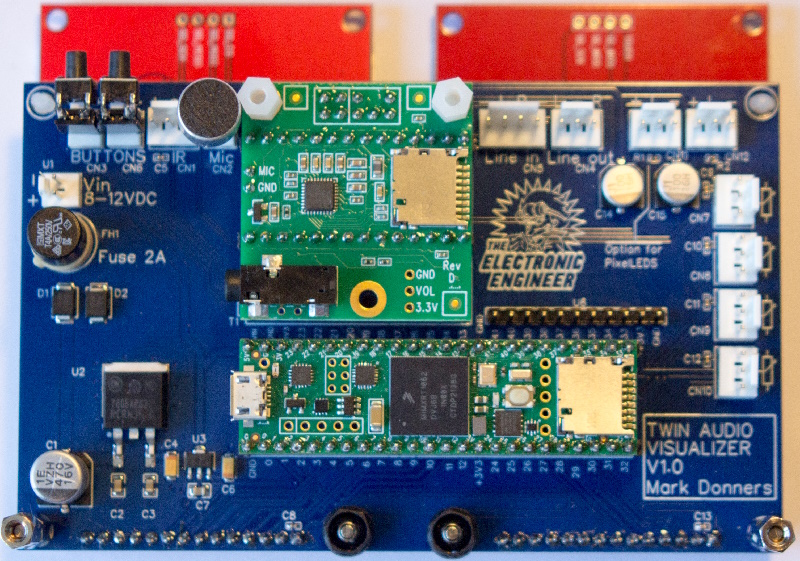Remember when MP3 players used to have music visualizers, so that you could see what you’re hearing?
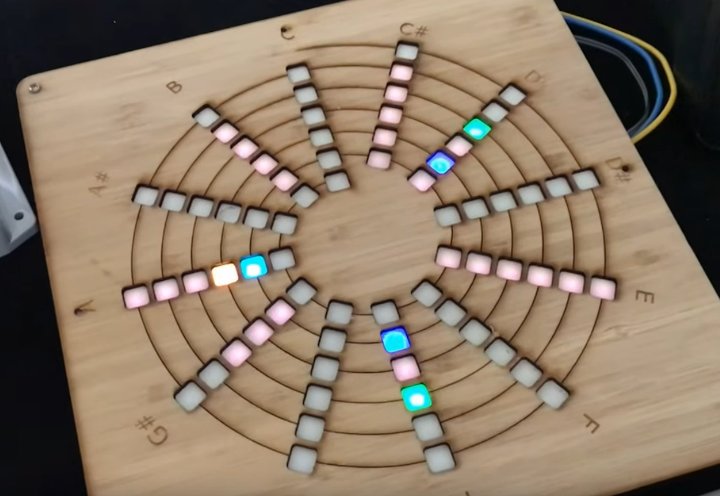
Neither do we, because we’re totally not that old, but maybe there are other folks out there who do, and this project appeals not only to them, but to music students and anyone wishing to gain insight into chords and music theory. Teensy forum user gav shared a unique device that not only synthesizes MIDI data as audio, but also displays it via a 12-note spiral LED visualization.
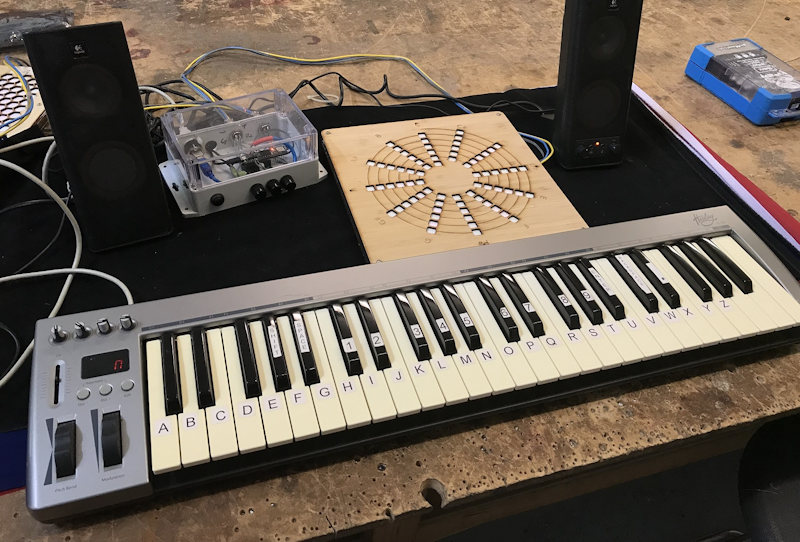
Using MIDI file playback on a PC with the Teensy plugged into it, or a USB MIDI device plugged into the board’s USB Host Port (or both), it’s possible to observe chords as the same “shape” around the spiral, regardless of key. The brief persistence of notes as a histogram also enables the inference of key signatures.
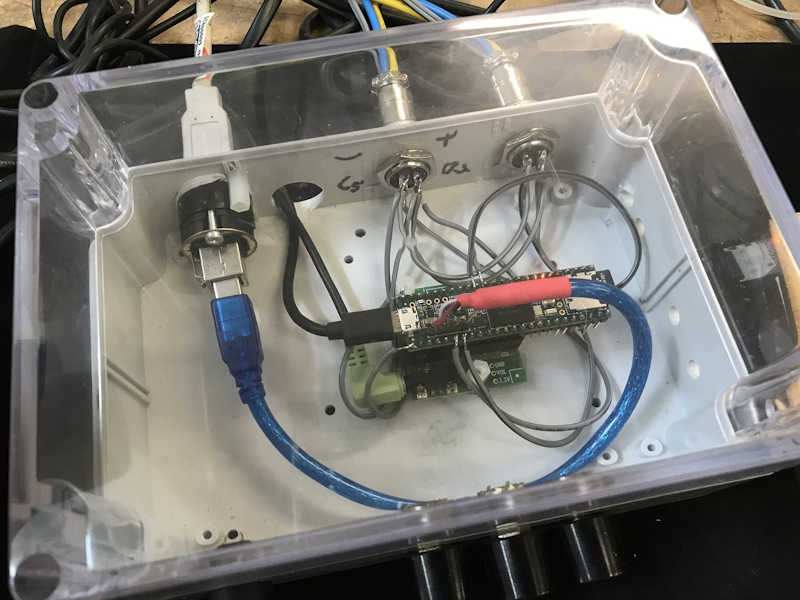
Additional details and code can be found on GitHub, and a demonstration of this incredible visualization technique can be seen in the video below.
